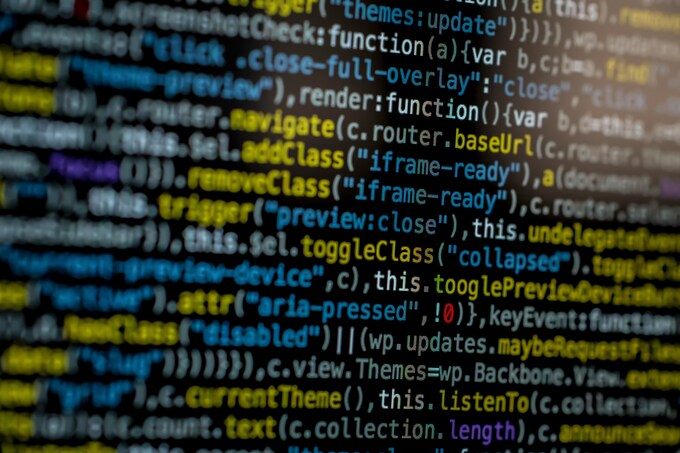Welcome to the exciting world of Laravel – a powerful PHP framework that empowers developers to create robust and efficient web applications with ease. In this blog post, we will delve into the crucial topic of handling errors and exceptions securely in Laravel. Errors and exceptions are an inevitable part of software development, but knowing how to tackle them effectively can make all the difference in delivering a seamless user experience. So buckle up as we explore best practices and strategies for managing errors like a pro in your Laravel projects!
What are Errors and Exceptions in Laravel?
Errors and exceptions in Laravel are common occurrences that developers encounter while working on a project. Errors are issues that prevent the application from running smoothly, such as syntax errors or database connection problems. On the other hand, exceptions are unexpected events that disrupt the normal flow of the program, like file not found or division by zero.
In Laravel, errors can manifest in various forms like HTTP error codes (404 Not Found), server errors (500 Internal Server Error), or validation errors when submitting forms. Exceptions, on the other hand, can be caused by faulty code logic or external dependencies not behaving as expected.
Understanding these concepts is crucial for maintaining a stable and secure application. Handling errors and exceptions effectively ensures better user experience and security for your Laravel projects.
Common Types of Errors and Exceptions in Laravel
When working with Laravel, it’s important to be familiar with common types of errors and exceptions that can occur. One common error is the “Class not found” exception, which occurs when Laravel cannot locate a specific class within the application. Another frequently encountered issue is the “Method not allowed” error, typically triggered when trying to access a route using an incorrect HTTP method.
Validation errors are also prevalent in Laravel, often arising from user input that does not meet specified validation rules. Additionally, database-related errors such as “QueryException” may occur due to problems with database connections or SQL queries.
Understanding these common errors and exceptions in Laravel will help developers troubleshoot issues more efficiently and ensure smoother operation of their applications.
Why is Handling Errors and Exceptions Important?
Handling errors and exceptions in Laravel is crucial for maintaining the stability and security of your application. When unexpected issues arise, proper error handling ensures that users are presented with informative messages instead of cryptic technical details. This not only improves the user experience but also helps developers troubleshoot and fix issues efficiently.
By addressing errors proactively, you can prevent potential security vulnerabilities that malicious users could exploit. Moreover, error handling enhances the overall reliability of your application by gracefully managing unexpected situations.
Ignoring errors and exceptions can lead to downtime, data loss, or even compromise sensitive information. Therefore, investing time in robust error handling mechanisms is a wise decision to safeguard your Laravel project from unforeseen challenges down the road.
Best Practices for Handling Errors and Exceptions in Laravel
When it comes to handling errors and exceptions in Laravel, following best practices can make a significant difference in the stability and security of your application. One key practice is to use try-catch blocks to catch exceptions effectively. This allows you to gracefully handle errors without crashing the entire application.
Another important practice is logging errors appropriately using Laravel’s built-in logging system. This helps in tracking down issues and debugging them efficiently. Additionally, customizing error pages can enhance user experience by providing clear and informative error messages.
It’s also recommended to utilize Laravel’s exception handling mechanism by leveraging the Exception class for different types of exceptions. Implementing proper validation techniques can prevent many common errors before they even occur, ensuring data integrity and security within your application.
Conclusion
Handling errors and exceptions securely in Laravel is crucial for ensuring the stability and security of your application. By understanding common types of errors and exceptions, implementing best practices, and utilizing Laravel’s built-in features, you can effectively manage issues that may arise during development.
Remember to always prioritize error handling in your codebase to provide a seamless user experience and prevent potential security vulnerabilities. Continuous testing, monitoring, and refining your error-handling processes will ultimately lead to a more robust and reliable Laravel application.
Stay proactive, stay vigilant, and keep sharpening your skills in managing errors and exceptions gracefully in Laravel. Your users will thank you for it!
